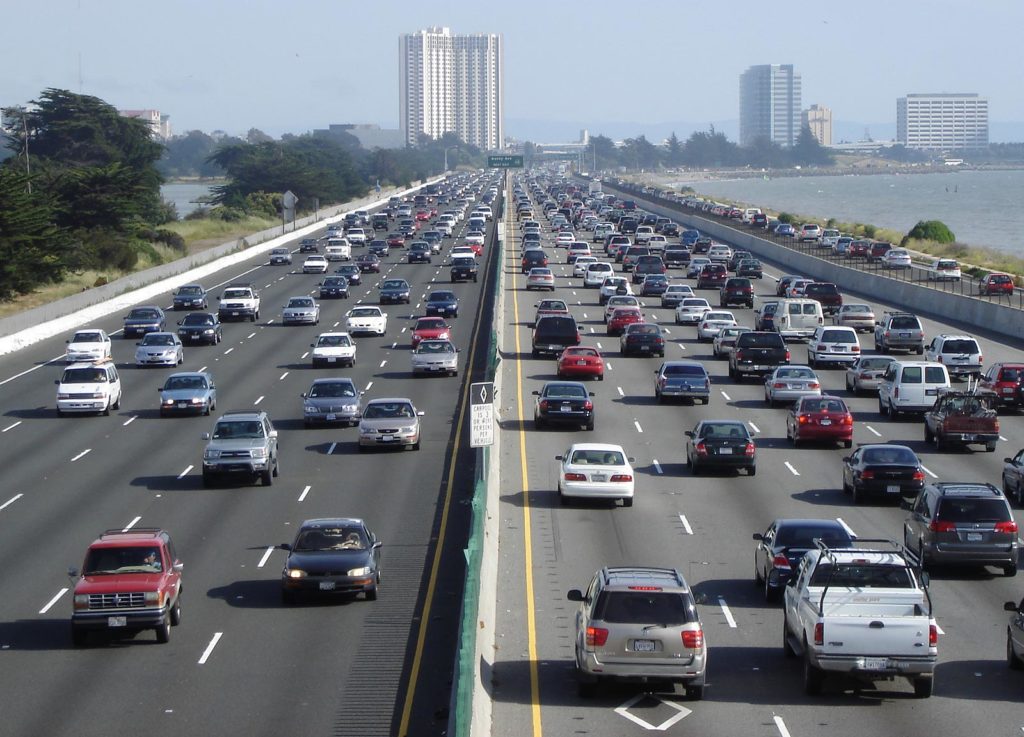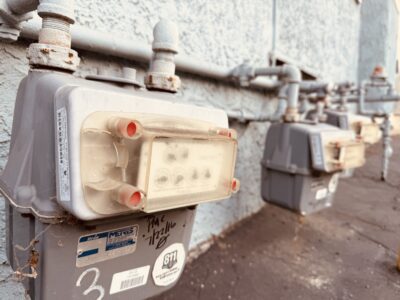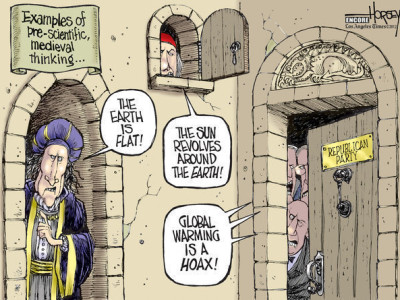A Rule to Revoke California’s Waiver?
Why an action to revoke the waiver for California’s Advanced Clean Cars program could be the Administration’s worst move yet.

A couple of weeks ago, the New York Times reported that in the midst of growing “disarray” around the rollback of the Obama-era fuel economy and greenhouse gas tailpipe emissions standards, “Mr. Trump went so far as to propose scrapping his own rollback plan and keeping the Obama regulations, while still revoking California’s legal authority to set its own standards.”
It goes—almost—without saying that such a move would be antithetical to the Administration’s own stated purposes for the so-called SAFE Rule: arguments that the Obama-era standards created vehicle safety concerns for consumers and that the compliance timeframes associated with that rule were not technologically feasible. We’ve written before about the reasons those arguments don’t hold up; nonetheless, finalizing a rule that leaves Obama-era standards in place while revoking California’s waiver does nothing to address either of those purported concerns.
It also adds to regulatory confusion at a time when major automakers have already signed on to a deal with California to recognize its authority to regulate and to comply with a set of terms designed to ensure continued progress toward reduction of GHG tailpipe emissions. If the Administration’s goal was to dissuade more automakers from considering the deal, a move to revoke the waiver could seriously backfire. Here’s why:
- The agreement between California and automakers is specifically designed to head off the kind of regulatory uncertainty the Administration’s rule would create. Finalization of a waiver rollback is only the beginning of a litigation battle between California and the Administration that could take months, or even years—assuming there’s not a change of administration in the middle that moots the entire dispute. Major automakers have decided it makes good economic sense for them to head off that regulatory uncertainty at the pass: the alternative is living without clarity as to which standards apply and the possibility of having to play regulatory catch-up after prolonged litigation, even as consumers favor progress on tailpipe emission reductions. That’s why some have chosen (and others are considering) an agreement that would provide regulatory clarity by ensuring that if they meet certain standards, they have done enough to comply with California’s laws. For automakers still deciding whether to sign on, a waiver revocation action shouldn’t change their calculus. Revoking California’s waiver just starts the clock for the litigation battle; it doesn’t make all the regulatory uncertainty more attractive to automakers.
- Bifurcating the waiver revocation and the CAFE/tailpipe emission standards rollback will only extend regulatory uncertainty. If the Administration leaves Obama-era standards intact for now, regulated industry will be left wondering when, or even if, the Administration will act on a rollback. And if a rollback is finalized, that, too, will be challenged—on an even longer time horizon than the waiver revocation litigation, and likely in a different court (the Ninth Circuit would have jurisdiction to hear a challenge to a waiver revocation action, while a CAFE/tailpipe standards rollback would be heard in the D.C. Circuit). The end result will be years of uncertainty, and the possibility of inconsistent determinations in two separate litigations (for example, both suits could involve consideration of whether compliance with certain standards is technologically feasible, and that question could resolve differently in each suit). The possibility of even longer-term compliance question marks could make California’s deal even more attractive: automakers will at least have some comfort that they won’t be left holding the compliance bag at the end of litigation, and they’ll be moving in the same direction as the market while they’re at it.
- There’s a universe where federal, not California, tailpipe emissions standards are more stringent through the mid-2020s. It seems unlikely that the Administration wouldn’t finalize its rollback of Obama-era fuel economy and tailpipe emissions standards at all—but it’s always possible. It’s also possible that a court could determine the rollback is arbitrary and capricious, leaving Obama-era standards in place. In either scenario, automakers will find themselves in the same position they’re in now: they will need to comply with the federal Obama-era standards (California currently accepts compliance with those standards as compliance with its own tailpipe emission standards, which is the reason the Administration’s argument that the rollback would provide “one national standard” has always been ill-reasoned—there already is one national tailpipe emission standard). The wrinkle is that the California deal would actually provide automakers with more compliance flexibility than the Obama-era standards, but if those federal standards remain in place, either due to lack of a rollback or due to litigation outcomes, automakers will have no choice but to comply, making the Administration’s rollback ploy a truly futile exercise on this front.
That’s not to say that a waiver revocation couldn’t have serious short- and long-term consequences—which is why California has repeatedly emphasized its intent to defend its waiver. Those consequences include:
- The legal implications of a waiver revocation. As we’ve written about before, a waiver revocation would be unprecedented. The Clean Air Act does not include authority to revoke a waiver, and this action comes years after the waiver request was granted. A finding that revocation authority exists, and/or that upholds waiver revocation under these circumstances would represent a major shift in the way we think about California’s waiver authority under the Clean Air Act. It could also open questions about how settled past waiver determinations actually are—with possible consequences for California’s authority to implement regulations to address criteria pollutants, an area where its waiver authority has been unquestioned to date.
- NAAQS Compliance Challenges and California’s ZEV mandate. California’s agreement with automakers only covers GHG tailpipe emissions and does not specifically bind automakers to the requirements of the ZEV mandate regulation, even though it does provide some incentives for increased EV sales and contains a provision that would bar signatories from challenging California’s ZEV program. The ZEV mandate was originally enacted to help California combat its longstanding smog problem and remains a key component of California’s ability to meet national ambient air standards for criteria pollutants. Uncertainty about the status of the ZEV mandate means that California—and the Section 177 states that rely on California’s regulations—could face challenges meeting the NAAQS.
In short, California has every reason to defend its waiver, and a move by the Administration to target California’s waiver out of spite isn’t likely to produce the results the Administration says it wants. Recent news has shown that the Administration is ever more willing to ignore even the calls of the regulated community, laying bare an agenda that seems to be more about denying the realities of climate change than about easing regulatory burdens on industry. If the Administration moves forward to revoke California’s waiver and leaves Obama-era standards for another day (or no day at all), that agenda may backfire.
Reader Comments
One Reply to “A Rule to Revoke California’s Waiver?”
Comments are closed.







Excellent piece,Julia. Wcgb